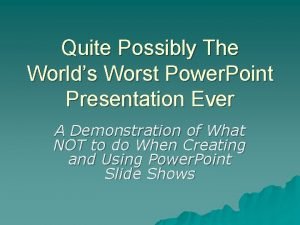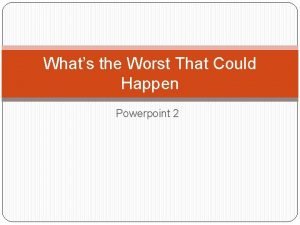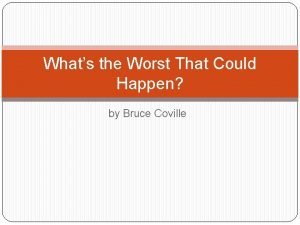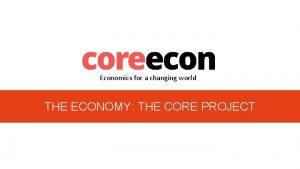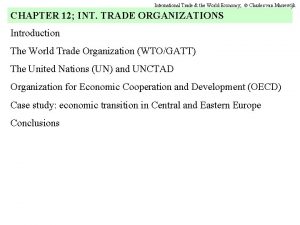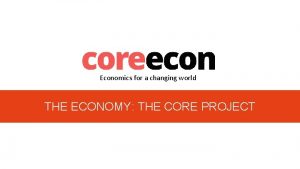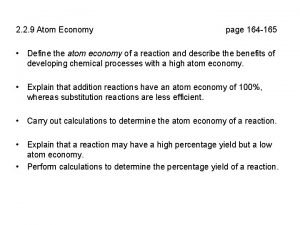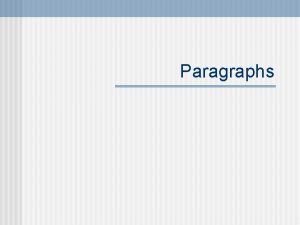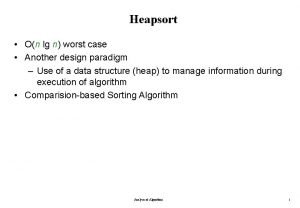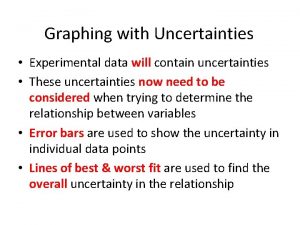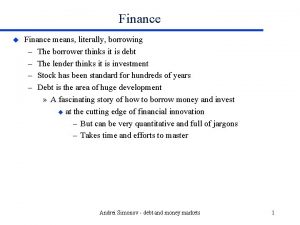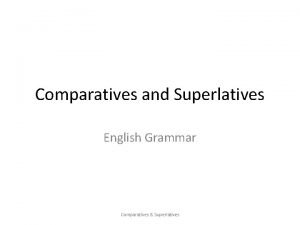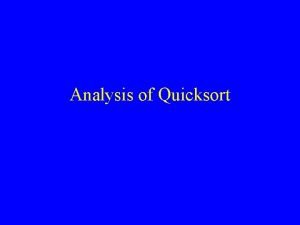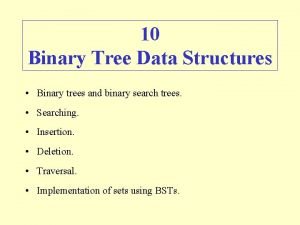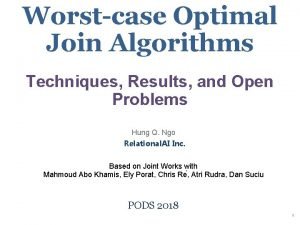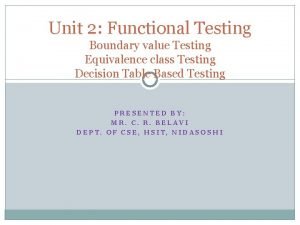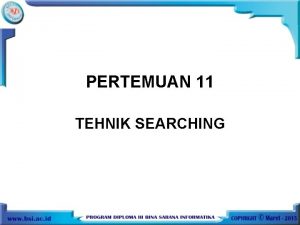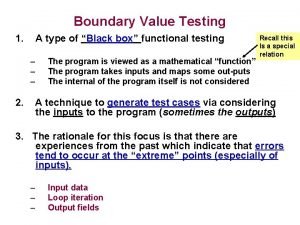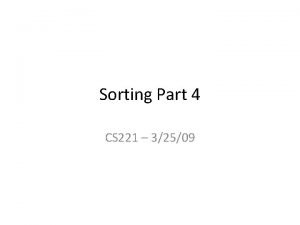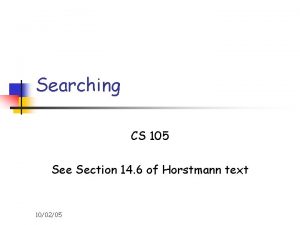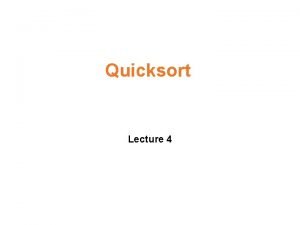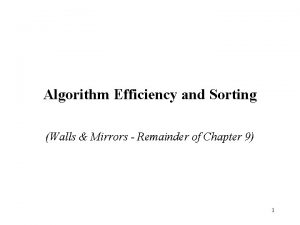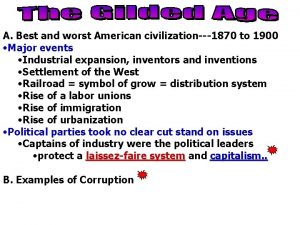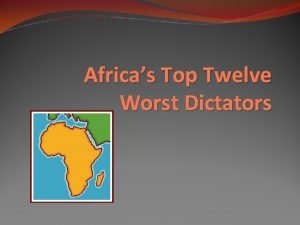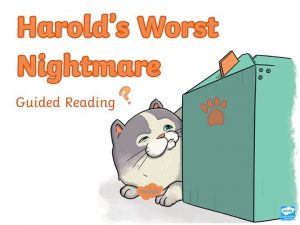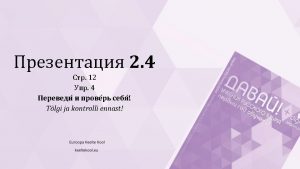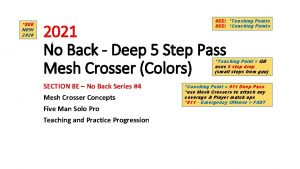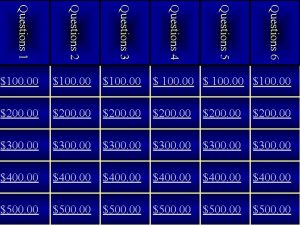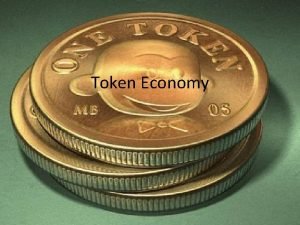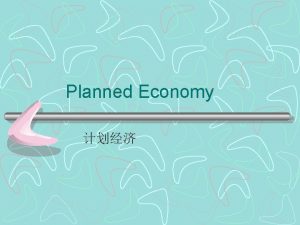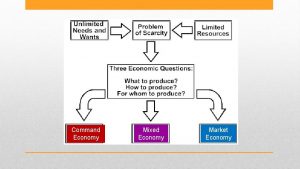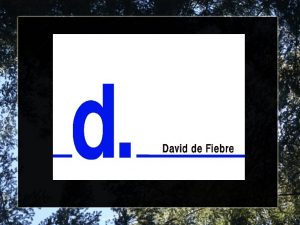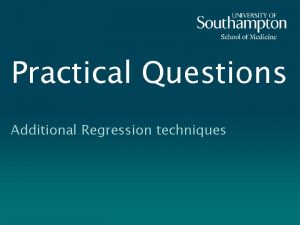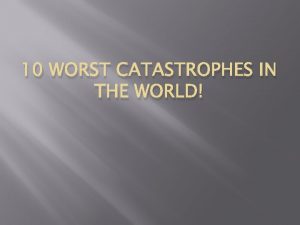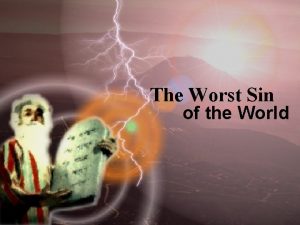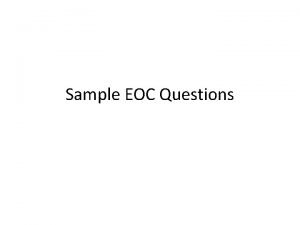Practical Questions FIFOLIFO World economy to see worst








































- Slides: 40

Practical Questions FIFO/LIFO

World economy to see 'worst contraction' in 2020; steel output, demand to fall: N Chandrasekaran A contraction in the global GDP is not at all a good sign for the global steel sector as steel demand is positively correlated with the economic growth. "Global GDP growth eased to 2. 9 percent in 2019, against an initial growth projection of 3. 5 percent. . . As we look ahead, it is important to gauge COVID-19's unprecedented impact on the global economy. It is expected that global growth will contract by over 3 percent in 2020, the worst contraction since the 1930's, " Chandrasekaran said in the Annual Report for 2019 -20. Chandrasekaran also said that this is for the first time since the Great Depression, that both advanced and developing economies are in recession together.

Learning Outcome • To be able to calculate the value of stock using the various techniques of material costing.

First-in-First-out: • Under this method, materials which are received first are also issued first. • In other words, the pricing of the issue of the first lot is done at the cost at which that lot was acquired. • As such, the closing inventories are valued at latest purchase price and thus it will represent current condition as far as possible. That is, closing inventories are always out of the latest lots acquired or purchased or manufactured.

• Example: • In a factory, stores are issued and accounted for on FIFO method. If the stock of a particular material on 1 st Jan. 1992 is 1, 000 units valued at Rs. 5 per unit and the particulars of purchases and issues during the month of Jan. 1992 are as follows, prepare a statement showing how the value of issues should be arrived at:

Solution

MCQ

• • • What does FIFO mean? (a) Finished stock In Finished stock out (b) Fabrications Inward Fabrications Outward (c) Final Input Final Output (d) First In First Out

• • • What does FIFO mean? (a) Finished stock In Finished stock out (b) Fabrications Inward Fabrications Outward (c) Final Input Final Output (d) First In First Out

• The inventories are recorded at the latest price but the production cost is changed old cost price? • (a) FIFO • (b) Average • (c) Both A & B • (d) None

• The inventories are recorded at the latest price but the production cost is changed old cost price? • (a) FIFO • (b) Average • (c) Both A & B • (d) None

In case of Inflation, FIFO will provide • A. provide lowest value of closing stock and profit • B. provide highest value of closing stock and profit • C. provide highest value of closing stock but lowest value of profit • D. provide highest value of profit but lowest value of closing stock

In case of Inflation, FIFO will provide • A. provide lowest value of closing stock and profit • B. provide highest value of closing stock and profit • C. provide highest value of closing stock but lowest value of profit • D. provide highest value of profit but lowest value of closing stock

Last-in-First Out: • Under this method, it is assumed that the materials purchased are issued in the reverse order to FIFO. • The last receipt is the first issue or the latest lots of inventories are exhausted first. In short, inventories are valued at earlier purchase price.

Example • In a factory, stores are issued and accounted for on LIFO method. If the stock of a particular material on 1 st Jan. 1992 is 1, 000 units valued at Rs. 5 per unit and the particulars of purchases and issues during the month of Jan. 1992 are as follows, prepare a statement showing how the value of issues should be arrived at

Solution

MCQ

• The latest cost of inventories is changed to production but the old prices are changed to inventories on hand? • (a) Average • (b) LIFO • (c) FIFO • (d) Perpetual

• The latest cost of inventories is changed to production but the old prices are changed to inventories on hand? • (a) Average • (b) LIFO • (c) FIFO • (d) Perpetual

Simple Average Method • Under this method, averages of different prices are only considered without having regard to the quantities involved. • The simple average cost is calculated by adding the different prices and thereafter divided by the total number of purchases. • This method is applicable where there is a wide fluctuation in prices.

Example • In a factory, stores are issued and accounted for on Simple Average Method. If the stock of a particular material on 1 st Jan. 1992 is 1, 000 units valued at Rs. 5 per unit and the particulars of purchases and issues during the month of Jan. 1992 are as follows, prepare a statement showing how the value of issues should be arrived at:

Solution

Working Notes • 1 st Issue Price = (Rs. 5 + Rs. 5. 50)/2 = Rs. 5. 25 • 2 nd Issue Price = (Rs. 5. 50 + Rs. 6)/2 = Rs. 5. 75 • 3 rd Issue Price = (Rs. 6 + Rs. 6. 50)/2 = Rs. 6. 25

Which one is an inventory Valuation method? • • A. FIFO B. LIFO C. Weighted Average D. EOQ

Which one is an inventory Valuation method? • • A. FIFO B. LIFO C. Weighted Average D. EOQ

• In a factory, the following purchase and issues were made during the month of Account January, 2019. Prepare the stores Ledger Account under FIFO method.

• In a factory, the following purchase and issues were made during the month of Account January, 2019. Prepare the stores Ledger Account under LIFO method.

• The particulars of receipts and issues of materials in a factory in August 2018 are as under Pricing of issues is to be done on FIFO basis. A shortage of 10 kgs. was noticed on 16 th August. Prepare the Stores Ledger Account for the month of August

• From the following record of the receipt and issues of coal and stores verification report, calculate the prices of issues charged out under weighted average method.


• Demand = 1000 items per month Holding Cost = 15% of product cost Ordering Cost = 300 per order Product Cost = 60 per unit • Calculate EOQ and Reorder level

Ans 600 units

Ans-379

EOQ-2500 units and Total cost

• Assume that our firm produces type C fire extinguishers. We make 30, 000 of these fire extinguishers per year. Each extinguisher requires one handle (assume a 300 day work year for daily usage rate purposes). Assume an annual carrying cost of Rs 1. 50 per handle; production setup cost of Rs 150, and a daily production rate of 300. What is the optimal production order quantity?



• ZEE is a product manufactured out of three raw materials M, N and Q. Each unit of ZEE requires 10 kg, 8 kg and 6 kg of M, N and Q, respectively. The re-order levels of M and N are 15, 000 kg and 10, 000 kg, respectively, while the minimum level of Q is 2, 500 kgs. The weekly production of ZEE varies from 300 to 500 units, while the weekly average production is 400 units. You are required to compute: • (i) The minimum stock level of M. • (ii) The maximum stock level of N; and • (iii) The re-order level of Q.


 Athens and sparta were both
Athens and sparta were both Best and worst powerpoint presentations
Best and worst powerpoint presentations It could happen story questions and answers
It could happen story questions and answers Bruce coville what the worst that could happen
Bruce coville what the worst that could happen Fascist corporatist economy ap world
Fascist corporatist economy ap world The economy: economics for a changing world
The economy: economics for a changing world World-economy
World-economy Answert the public
Answert the public Name this structure
Name this structure Calculating atom economy
Calculating atom economy Rooster's off to see the world sequencing
Rooster's off to see the world sequencing Let me see this world dear lord
Let me see this world dear lord Spot rate and forward rate
Spot rate and forward rate Degrees of comparison lazy
Degrees of comparison lazy How to do quick sort
How to do quick sort Horrible powerpoint presentation
Horrible powerpoint presentation For me the worst thing about waiting tables is the uniform
For me the worst thing about waiting tables is the uniform Heapsort worst case
Heapsort worst case Line of worst fit
Line of worst fit Yiled to worst
Yiled to worst Examples of fat
Examples of fat Binary search performance
Binary search performance Comparative and superlative of well
Comparative and superlative of well Quick sort worst case
Quick sort worst case Bst worst case time complexity
Bst worst case time complexity Worst case optimal join
Worst case optimal join Worst
Worst =count(a1:d4)
=count(a1:d4) Untuk menyelesaikan pencarian max dan min pada best case
Untuk menyelesaikan pencarian max dan min pada best case Boundary value testing example
Boundary value testing example Subhana the worst
Subhana the worst Heap sort worst case time complexity
Heap sort worst case time complexity Bubble sort algorithm pseudocode
Bubble sort algorithm pseudocode Time complexity of linear search
Time complexity of linear search End the worst
End the worst The best worst political
The best worst political Bubble sort best case and worst case
Bubble sort best case and worst case Superlative badly
Superlative badly Bubble sort best case and worst case
Bubble sort best case and worst case Nor1log
Nor1log The best worst political
The best worst political

